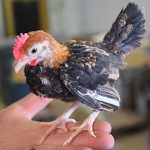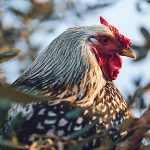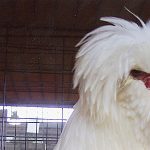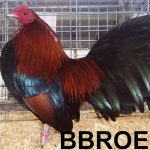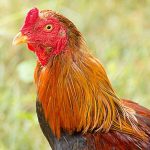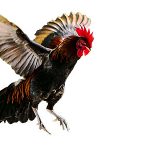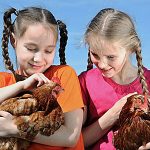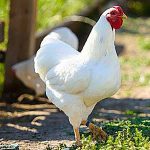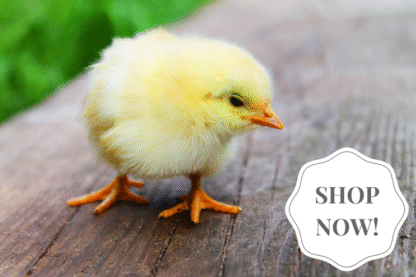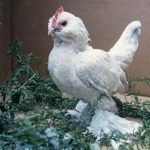
Nearly every chicken breed has a bantam version. But some bantam breeds have no larger counterpart. The latter are true bantams. Cackle Hatchery® offers the following true bantam chicken breeds: Belgian d’Anvers Belgian d’Anvers bantams get their name from the Belgian municipality of Antwerp, which is “Anvers” to the French. The word d’Anvers therefore means […]
Continue Reading

